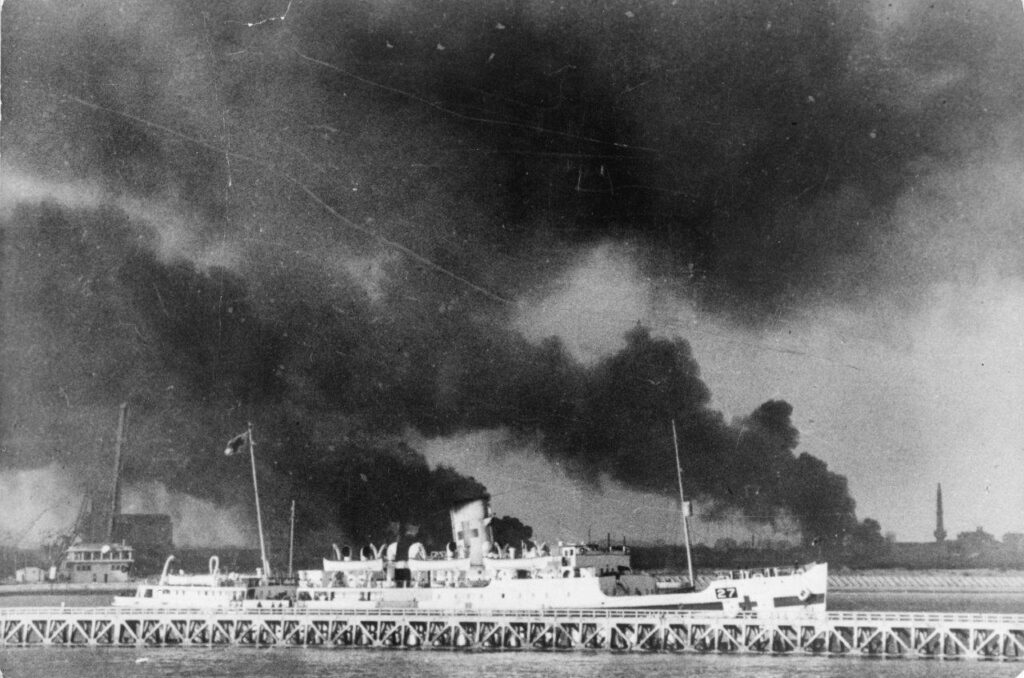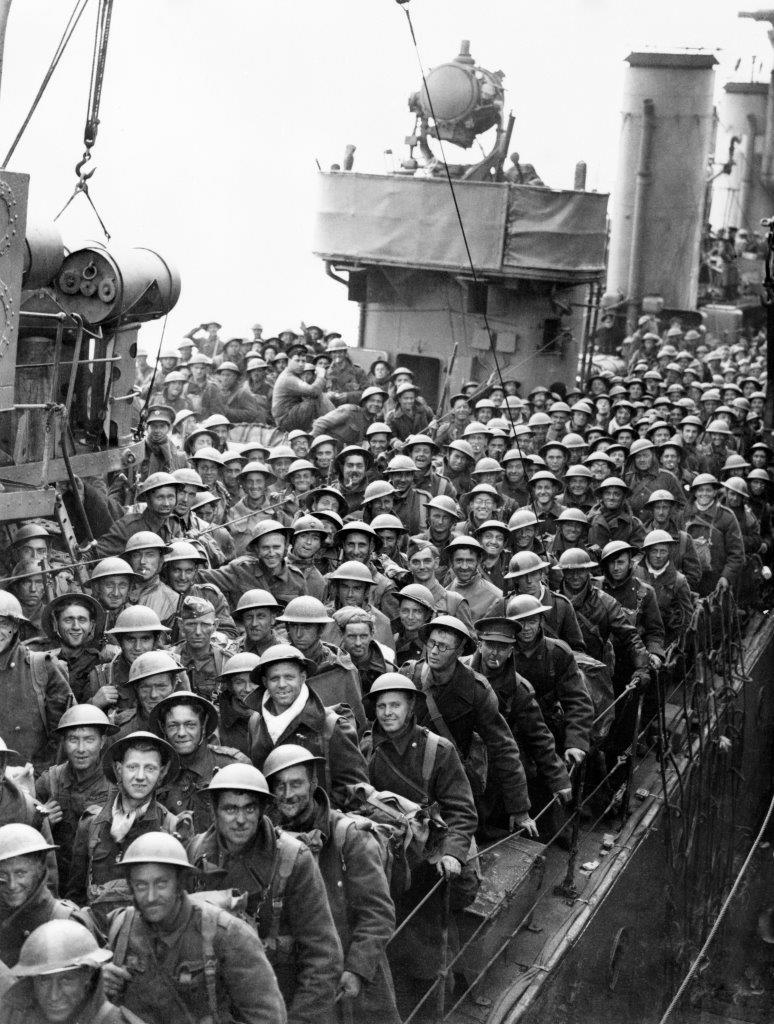
New mission to locate lost WW2 shipwrecks sunk during Dunkirk evacuation
A new research project is attempting to detect and identify undiscovered Allied shipwrecks lost during the Dunkirk evacuation during World War II.
The mission is being launched by Drassm – France’s Department of Underwater Archaeological Research – in partnership with Historic England.
Operation Dynamo, also known as the Dunkirk evacuation, was a key event in the early stages of World War II. It involved the evacuation across the English Channel of 338,226 Allied soldiers who were surrounded by the German army.

Drassm’s archaeological research vessel, Andre Malraux, will carry out the survey off Dunkirk.
From 26 May to 4 June 1940, military, transport, fishing and service vessels, as well as pleasure craft, were used to carry out this operation. Over a thousand ships — flying British, French, Belgian, Dutch, Polish, Danish, Norwegian and Swedish flags — were involved in the nine days and nights of the evacuation. The historic paddle-driven steamship Medway Queen rescued thousands of soldiers during the evacuation and is the only mobile estuary paddle steamer left in the United Kingdom.
“The evacuation from Dunkirk marked a critical point in the history of the Second World War,” says Duncan Wilson, chief executive of Historic England. “We are honoured to have been invited by the French marine heritage agency, Drassm, to join their investigation of ships sunk in those desperate days. These wrecks are a physical legacy to Operation Dynamo and all those it affected, including many who did not reach safety.”

Hospital carrier St. David by the East Mole at Dunkirk. The ship survived, although it was damaged.
More than 305 vessels were lost during Operation Dynamo. Research in 2021-2023 by Claire Destanque (Aix-Marseille University) has revealed new information about the location and condition of these wrecks. 37 wrecks linked to Operation Dynamo have already been located in French waters, particularly by divers from Dunkirk and the surrounding area. A further 31 vessels are believed to have been lost in the area but have yet to be located.
The 2023 campaign will search for these undiscovered wrecks and document the sites that are already known using geophysical survey equipment (multibeam echosounder, side scan sonar and magnetometer). This study, which will be followed by diving surveys in 2024, will provide an overall view of this heritage and enable the introduction of conservation and public engagement strategies.

The operation is being led by Drassm (operation managers Cécile Sauvage and Claire Destanque, archaeologists). It will be conducted from the André Malraux, a Drassm research vessel captained by Fabien Géreux (Bourbon Offshore Surf). The campaign will involve geophysicists from Drassm and Historic England.
(Left: Evacuated British soldiers on board a destroyer wait to disembark at Dover)
The mission to discover more of the Dunkirk shipwrecks is the first collaboration between Drassm and Historic England. The initial results of this research will be shared with the public at events organised from 13-15 October 2023 in partnership with the Communauté Urbaine de Dunkerque.
Main image: The destroyer HMS Havant is one of the wrecks to be surveyed. All images courtesy of Historic England.
The post New mission to locate lost WW2 shipwrecks sunk during Dunkirk evacuation appeared first on Marine Industry News.
